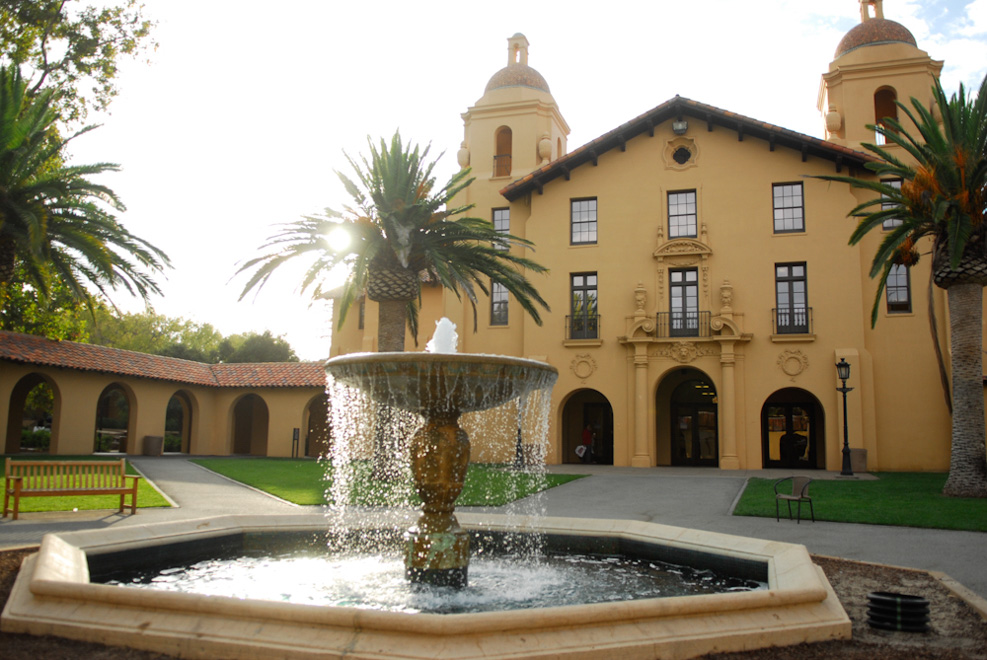The IDEAL (Inclusion, Diversity, Equity and Access in a Learning Environment) Strategic Plan affirmed Stanford’s comprehensive commitment to diversity and outlined several goals for institutional progress.
The plan, released in late September, was created in response to the 2021 Diversity, Equity and Inclusion (DEI) Climate Survey that revealed “concerning” statistics regarding on-campus identity-based discrimination. It lays out Stanford’s vision of an “inclusive, diverse, equitable and accessible university environment,” providing an overview of the University’s strategies for transforming campus culture and identifying steps to implement them.
Four major priorities are outlined by the plan: reinforcing Stanford’s commitment to IDEAL, creating an engaging and belonging campus culture, advancing equity and increasing diversity and representation.
“It’s really seen as the North Star for us,” Patrick Dunkley, the vice provost for institutional equity, access and community, told The Daily. “It’s our guiding principles for inclusion, diversity, equity and access in our campus.”
Introduced in 2018, IDEAL is a set of initiatives that have worked toward securing this vision of an inclusive campus-wide environment, especially for “historically marginalized populations,” according to the plan. This includes enhancing the diversity of thought and instruction, establishing centers for identity affinity groups and inaugurating the IDEAL Provostial Fellow program to bring scholars of race and ethnicity to Stanford.
But the 2021 IDEAL DEI Climate Survey administered to the Stanford community showed this vision has not yet been fulfilled.
The results of the survey unveiled that approximately 40% of the nearly 15,000 respondents experienced at least one harmful behavior based on “microaggression, discriminatory behaviors [or] harassing behaviors” based on identity during their time at Stanford. According to the report, 23% of those individuals have “seriously considered leaving Stanford.”
“Those results helped us to see where we are,” Dunkley said. “The strategic plan… is really the roadmap to get from where we are, to where we desire to be.”
While the strategic plan addresses the current DEI climate, Jordan Starck, assistant professor of psychology and former IDEAL provostial fellow, said these experiences of marginalization are shaped by the past.
“There [are] histories of exclusion that manifest in how people feel,” Starck said. “How the institution has historically treated people manifests in how people feel on campus now too.”
Starck also said the intentions behind institutional commitments like IDEAL are vital to the initiative’s impact. In his research, motivations “really shift how people show up and who they’re thinking about” in a community.
Compared to a focus solely on reputational benefits, Starck said “moral” motivations are “more effective at increasing people’s commitment to justice outcomes.”
Dunkley said the plan was constructed in a “community-centered process” with both quantitative and qualitative measures. His office engaged with faculty, staff, students and alums in various focus groups to develop the goals.
As the strategies detailed by the plan strategies continue to be implemented at Stanford, Dunkley said he would be happy to meet with any student group who wants to talk about the IDEAL strategic plan.
“The goal is for people to come along on this journey with us, for people to embrace this notion that it is a benefit to our campus to have the most inclusive environment possible,” Dunkley said.
